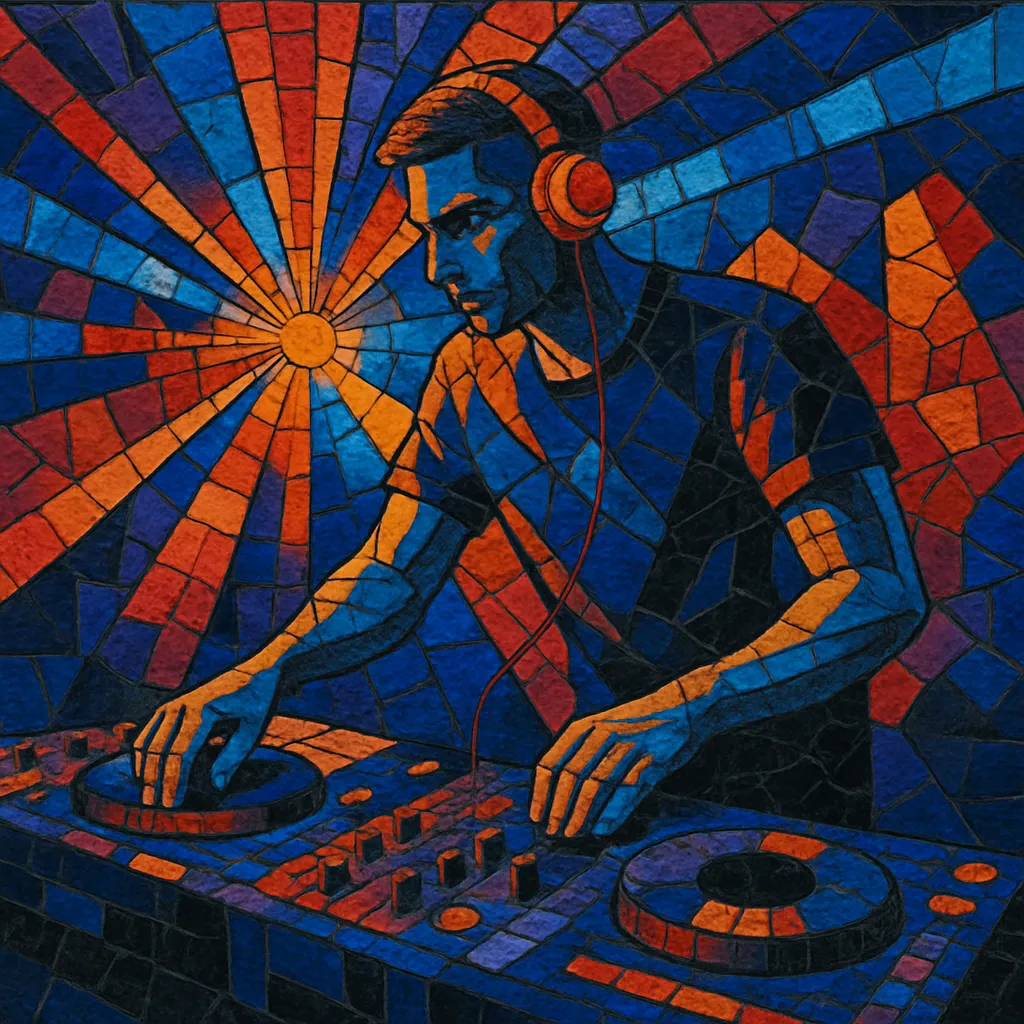Big room house is a festival-focused strain of EDM built for massive sound systems and outdoor main stages. It typically runs around 126–132 BPM (most commonly 128), uses four-on-the-floor kick patterns, and features huge, simple lead riffs designed to be instantly memorable to large crowds.
A defining trait is the contrast between cinematic, reverb-washed breakdowns and ultra-dry, percussive drops driven by a powerful kick, sub, and a few bold supersaw or horn-like synth stabs. Arrangements lean on dramatic builds with snare rolls, risers, and crowd-hyping vocal chops, culminating in drops that emphasize impact over harmonic complexity.
Big room house coalesced from the meeting point of electro house's aggressive sound design, the anthemic breakdowns of progressive house, the rhythmic sensibilities of Dutch house, and the tension-release architecture of trance. Early blueprints included tracks with minimal, stadium-sized drops and supersaw-driven breakdowns, setting the stage for a more streamlined, festival-optimized sound.
The genre exploded globally through mainstage sets at Ultra, Tomorrowland, and EDC. Landmark tracks such as Sandro Silva & Quintino's "Epic" (2011), Hardwell's "Spaceman" (2012), Dimitri Vegas & Like Mike & Moguai's "Mammoth" (2013), DVBBS & Borgeous' "Tsunami" (2013), W&W's "Bigfoot" (2014), and Martin Garrix's "Animals" (2013) crystallized the style: towering breakdowns, suspenseful builds, and minimal, hard-hitting drops. Labels like Spinnin', Revealed, and Musical Freedom amplified the sound worldwide.
As the formula became ubiquitous, critics and some fans pushed back against perceived repetitiveness. Many producers diversified into adjacent styles—progressive house, future house, psy/prog hybrids, or pop-leaning EDM—while others blended big room with trap and hardstyle elements. Despite the critique, big room remained a festival staple, especially across Europe, North America, and Asia.
Big room's DNA persists in contemporary mainstage sets and newer hybrids. The rise of "future rave" reintroduced trancey tension and darker colors, while peak-time (mainstage) techno absorbed big room's stadium-sized hooks and explosive builds. Big room house remains a go-to language for large-scale festival moments, sports arenas, and crowd-unifying drops.


